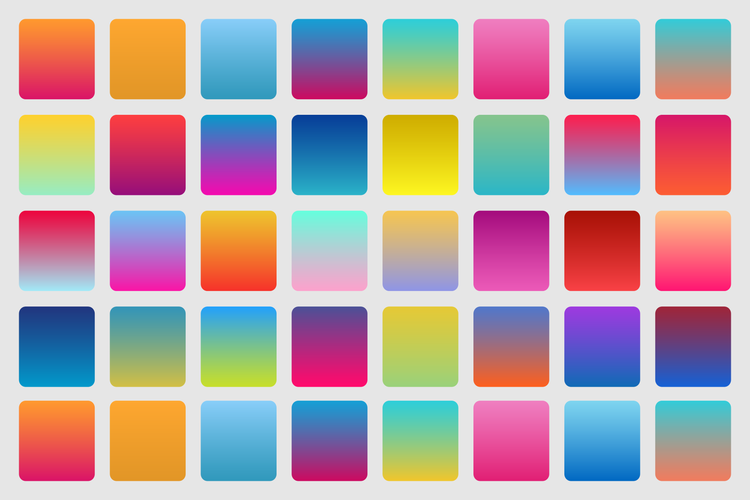The top color trends for branding in 2025
Learn how color choices in design impact consumer trust, loyalty, and buying decisions

Color is one of the first things people notice about a brand, and it often affects their emotions and thoughts. Adobe surveyed 1,000 consumers in the US to understand how color in marketing influences brand perception, purchasing behavior, loyalty, and more. The findings reveal which colors inspire trust, which ones drive impulse buys, and what palettes are expected to lead branding trends this year.
Key takeaways
- 16% of consumers say the first thing they notice about a brand is its color scheme.
- One in two consumers have chosen one brand over another based on color alone, with Gen Z and millennials leading the trend at 51%.
- Blue ranks as both the top color for building brand trust and the most likely to trigger impulse purchases.
- 36% of consumers predict that both AI-generated futuristic tones and earthy, organic color palettes will dominate branding trends in 2025.
- Three in 10 want brands to use adaptive "living color palettes" that shift website or app colors based on users' moods or preferences.
Summary/Overview
The power of color: How consumers emotionally respond to branding
Before a brand speaks a word, its colors are already making an impression. At first glance, color has a powerful emotional pull, and it's often the deciding factor for younger consumers when choosing which brand to buy from.

While logos were the most attention-grabbing brand element overall, noticed first by 34% of consumers, color still affected brand perception — 16% said it's the first thing they notice about a brand. Half of consumers have chosen one brand over another based solely on color, with Gen Z and millennials (51%) doing it the most. According to 54% of consumers, blue is the most trusted brand color, followed by black at 44%.
The science of color in buying decisions and brand loyalty
Color plays a key role in how people connect with brands and make purchasing decisions. Consistent use of color can build loyalty, while certain shades influence impulse buying.

Maintaining a consistent color scheme can help brands keep customers coming back. One in three consumers said they're more likely to stay loyal to brands that don't change their colors, while 12% have stopped shopping with a brand after a color shift. This loyalty impact is further reflected by the 18% who reported feeling emotionally disconnected when a brand changed its color scheme, underscoring the emotional role of visual consistency.
The right color choices also matter at the point of purchase. Nearly half of consumers (46%) said a brand's color scheme is important when they're making a purchase. Some colors even led to snap choices. Blue (31%) was the most likely color to trigger impulse buys, followed by black (28%), gold (27%), red (26%), and silver (26%).
The future of branding: AI-driven color trends for 2025
Color trends are constantly changing. As people look for both innovative and authentic brands, bold new palettes and calming tones are predicted to take center stage.

Over one-third of consumers (36%) said they expect 2025 branding to be dominated by two very different styles: earthy, organic tones like muted browns, sage greens, and terracottas and futuristic AI-generated colors such as metallic, iridescent, and sci-fi-inspired shades. This contrast reflects the growing interest in both natural authenticity and tech-forward innovation.
Three in 10 consumers said they would like brands to use adaptive "living color palettes," adjusting the color scheme of their website or app to match the user's mood or preferences. Another 18% believed that brands would use AI-generated color palettes to make most color decisions in branding from now on.
Using color to build connections
The way a brand uses color can influence everything from emotions to buying decisions. People notice when colors feel consistent, and they remember when a brand's look makes an impact. With trends moving toward both earthy and futuristic tones, and AI tools making it easier to adapt, there's more freedom than ever to choose colors that feel true to a brand and its audience. As more brands adopt AI-assisted design tools, the ability to test and personalize color strategies in real time may redefine what consistency and creativity mean in visual branding. The takeaway: Be intentional with color and use it as a tool to connect.
Methodology
Adobe surveyed 1,000 consumers in the US in March 2025 to explore how colors impact consumer behavior. Of the respondents, 17% were Gen Z, 51% were millennials, 24% were Gen X, and 7% were baby boomers. Due to rounding, the percentages in this study may not total 100.
Fair use statement
You may share these findings about color trends for noncommercial purposes as long as proper credit is given via a link.





